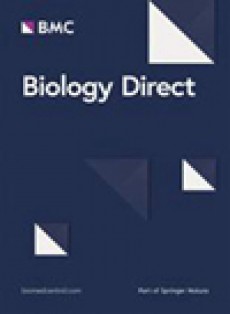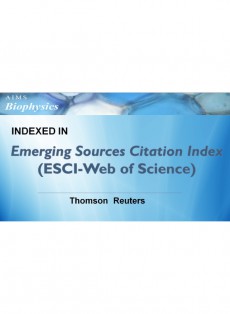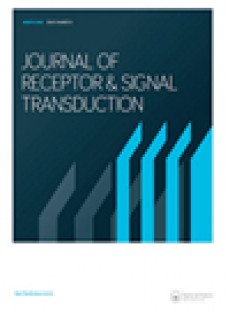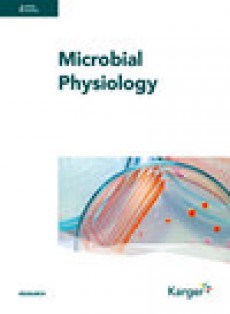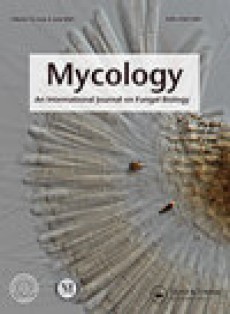生物学直接杂志简介
- 出版商:BioMed Central
- 出版语言:English
- TOP期刊:是
- 出版地区:ENGLAND
- 是否预警:否
- 是否OA:开放
- 出版周期:Irregular
- 出版年份:2006
- 中文名称:生物学直接
- 是否OA:开放
生物学直接(国际简称BIOL DIRECT,英文名称Biology Direct)是一本开放获取(OA)国际期刊,自2006年创刊以来,始终站在生物学研究的前沿。该期刊致力于发表在生物学领域各个方面达到最高科学标准和具有重要性的研究成果。全面反映该学科的发展趋势,为生物学事业的进步提供了有力的支撑。期刊严格遵循职业道德标准,对于任何形式的抄袭行为,无论是文字还是图形,一旦查实,均可能导致稿件被拒绝。
在过去几年中,该期刊保持了稳定的发文量和综述量,具体数据如下:
2014年:发表文章31篇、2015年:发表文章66篇、2016年:发表文章68篇、2017年:发表文章30篇、2018年:发表文章27篇、2019年:发表文章23篇、2020年:发表文章29篇、2021年:发表文章26篇、2022年:发表文章41篇、2023年:发表文章81篇。这些数据反映了期刊在全球生物学领域的影响力和活跃度,同时也展示了其作为学术界和工业界研究人员首选资源的地位。《Biology Direct》将继续致力于推动生物学领域的知识传播和科学进步,为全球生物学问题的解决贡献力量。
期刊指数
- 影响因子:5.7
- Gold OA文章占比:98.65%
- CiteScore:6.4
- 年发文量:81
- SJR指数:1.161
- H-index:59
- SNIP指数:1.06
WOS期刊SCI分区(2023-2024年最新版)
| 按JIF指标学科分区 | 收录子集 | 分区 | 排名 | 百分位 |
| 学科:BIOLOGY | SCIE | Q1 | 10 / 109 |
91.3% |
| 按JCI指标学科分区 | 收录子集 | 分区 | 排名 | 百分位 |
| 学科:BIOLOGY | SCIE | Q1 | 15 / 109 |
86.7% |
中科院分区表
中科院SCI期刊分区 2023年12月升级版
| Top期刊 | 综述期刊 | 大类学科 | 小类学科 |
| 否 | 否 | 生物学 2区 |
BIOLOGY
生物学
2区
|
CiteScore(2024年最新版)
CiteScore 排名
| CiteScore | SJR | SNIP | CiteScore 排名 | ||||||||||||||||||||||||||||
| 6.4 | 1.161 | 1.06 |
|
学术指标分析
影响因子和CiteScore
自引率
影响因子:指某一期刊的文章在特定年份或时期被引用的频率,是衡量学术期刊影响力的一个重要指标。影响因子越高,代表着期刊的影响力越大 。
CiteScore:该值越高,代表该期刊的论文受到更多其他学者的引用,因此该期刊的影响力也越高。
自引率:是衡量期刊质量和影响力的重要指标之一。通过计算期刊被自身引用的次数与总被引次数的比例,可以反映期刊对于自身研究内容的重视程度以及内部引用的情况。
年发文量:是衡量期刊活跃度和研究产出能力的重要指标,年发文量较多的期刊可能拥有更广泛的读者群体和更高的学术声誉,从而吸引更多的优质稿件。
高引用文章
- Sense-antisense gene overlap is probably a cause for retaining the few introns in <Emphasis Type="Italic">Giardia</Emphasis> genome and the implicationsAuthor:Min Xue, Bing Chen, Qingqing Ye, Jingru Shao, Zhangxia Lyu, Jianfan Wen
- Circularity and self-cleavage as a strategy for the emergence of a chromosome in the RNA-based protocellAuthor:Wentao Ma, Chunwu Yu, Wentao Zhang
- Recognizing short coding sequences of prokaryotic genome using a novel iteratively adaptive sparse partial least squares algorithmAuthor:Sun Chen, Chun-ying Zhang, Kai Song
- Exploring the stability of long intergenic non-coding RNA in K562 cells by comparative studies of RNA-Seq datasetsAuthor:Lei Wang, Dequan Zhou, Jing Tu, Yan Wang, Zuhong Lu
- Translational selection in human: more pronounced in housekeeping genesAuthor:Lina Ma, Peng Cui, Jiang Zhu, Zhihua Zhang, Zhang Zhang
- Test on existence of histology subtype-specific prognostic signatures among early stage lung adenocarcinoma and squamous cell carcinoma patients using a Cox-model based filterAuthor:Suyan Tian, Chi Wang, Ming-Wen An
- Global analyses of Chromosome 17 and 18 genes of lung telocytes compared with mesenchymal stem cells, fibroblasts, alveolar type II cells, airway epithelial cells, and lymphocytesAuthor:Jian Wang, Ling Ye, Meiling Jin, Xiangdong Wang
- The human disease network in terms of dysfunctional regulatory mechanismsAuthor:Jing Yang, Su-Juan Wu, Wen-Tao Dai, Yi-Xue Li, Yuan-Yuan Li
- KGCAK: a K-mer based database for genome-wide phylogeny and complexity evaluationAuthor:Dapeng Wang, Jiayue Xu, Jun Yu
- Quantitative proteomics signature profiling based on network contextualizationAuthor:Wilson Wen Bin Goh, Tiannan Guo, Ruedi Aebersold, Limsoon Wong
